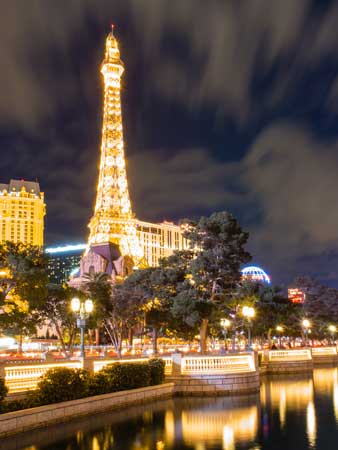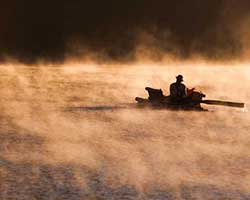The New York Institute of Photography is one of the world’s largest photography schools and because we are, we often publish fun and useful photography tips on our photography blog. Please enjoy!
1. Panning
An effective shutter speed for panning is approximately 1/30th of a second. This is slow enough to swivel your hips and follow the subject while the image is recorded. Please note, you may need to adjust the setting slightly depending on the speed of your subject. Give it a shot!

2. Packing Light
Even a small table-top tripod will go a long way at stabilizing the camera in low light situations. This is essential when shooting at dusk, allowing you to use slow shutter speeds and small apertures. Just hang around a few minutes after the sun sets and watch as the lights of the city begin to twinkle.

3. Batteries
In winter, your camera batteries will run down much faster than usual. If possible, keep a spare in your pocket. It's also helpful to leave the camera in the bag when you first get out of a warm car. Let it slowly come to temperature and you'll avoid any issues with condensation forming. The same is true when eventually heading back indoors. The trick is to gradually bring it to temperature rather than quickly shifting from cold to warm. When you get home, don't take the camera out of the bag for about thirty minutes. After that, it's safe to proceed as normal.

4. Be an Explorer
Rather than settling for the first vantage point, walk around to explore various perspectives. Going the extra mile can make all the difference from a routine snapshot, to something more beautiful.
Bonus Tip: A very long shutter speed of 60 seconds or greater can actually reveal the motion of the clouds. For this image, a small tabletop tripod was used.

5. Avoid Perspective Distortion
Perspective distortion occurs when you point the camera towards the subject at an upward angle. The effects are most evident with a wide angle lens and architectural details. Buildings and towers appear to be leaning or falling over. To correct for this, start by moving further away from the structure. This will allow you to hold the camera parallel to the structure, greatly reducing the issue. If more adjustment is needed, you can then use the perspective tools in Lightroom to fine tune the perspective.

Want to learn more? NYIP offers accredited photography classes that can help you learn photography or start a new career. Request your free course catalog today!






